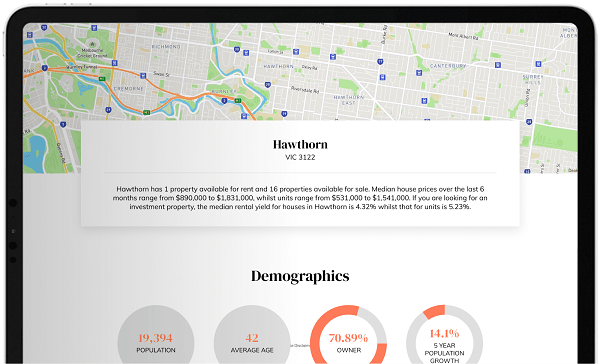How tiny housing villages are becoming a booming global trend.
If you’re not already aware, there is an increasing number of very small houses being built around the world. Referred to as the ‘tiny house movement’, it is exactly as its name sounds – more and more people are waving goodbye to larger place living much simpler in dwellings that are a fraction of the size; anything that measures less than roughly 9.3 square metres, to be specific (depending who you ask). And considering that Australia’s average home size is the biggest worldwide at 243 square metres, this is most certainly a drastic change.
While this is a relatively new trend in the scheme of things, it’s really starting to gain traction. Originating in the USA, when there were tiny houses built to accommodate victims of Hurricane Katrina over a decade ago, it’s slowly spreading throughout the world and more people are getting on board with the movement. They’ve sprung up in countries including Japan, Spain, Germany and many others, as they offer a plethora of different advantages to their occupants.
Tiny houses are a great way to save both in terms of initial purchase price as well as running costs, and offer a much smaller impact on the environment. Buying a property in a tiny housing village promotes a real sense of community and safety, with your neighbours all just a stone’s throw away and communal areas that allow you to build relationships with those living around you much more easily.
We all know what’s happening with property prices in city areas around Australia – the only way it’s been going in most areas is up, and it’s not really showing any signs of doing the reverse. This alternative way to get yourself into the market allows those who simply wouldn’t otherwise have the capital to do so, which is of course a fantastic thing. As an example, the median house price in Melbourne has recently exceeded $700,000 while a tiny house can cost as little as $30,000 to build.
So if you’ve been looking for an affordable, more sustainable living option than a generic house or apartment, going down this road might be a viable solution for your needs! There are quite a few sacrifices that must be made if you do opt for a tiny house, so it’s important (of course) that you weigh up the pros and cons before you make a decision.


